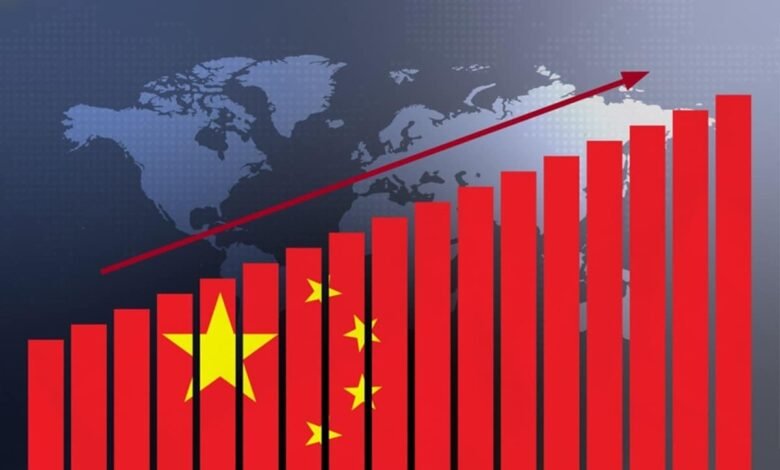China collaborates with Conflux on blockchain network


The Chinese government has announced the launch of a “super-large” public blockchain infrastructure platform, with key participation from Conflux Network, a hybrid proof-of-stake blockchain. Conflux Network confirmed the announcement in a post to X today.
China has embraced blockchain technology and Web3, despite taking a hardline stance against crypto trading activities. Many Chinese citizens also use cryptocurrencies.
Conflux Network supports cross-border cooperation to achieve the ultimate goals of the Belt and Road. This includes the development of an advanced blockchain infrastructure platform that meets the needs and characteristics of international cooperation within the framework.
The project also supports deployment in multiple countries, allowing participating organizations to jointly oversee it. And ultimately, it will help experiment with economic, trade, and cultural applications to foster cross-border cooperation.
China loves to rule
According to the announcement, this development is a strategic measure related to the Belt and Road Initiative (BRI) introduced by the People’s Republic of China in 2013. The goal of the Belt and Road Initiative is to build a global infrastructure that connects China with other countries. It spans Asia, Africa and Europe through a vast network of roads, railways, sea routes, air routes, energy plants and other infrastructure projects.
Apart from Conflux Network, the project is led by Shanghai Shutu Blockchain Research Institute and includes participation from universities, government agencies, and technology experts such as “China Academy of Information and Communication Technology, Shanghai Jiao Tong University, Fudan University, and Shanghai Maritime University.” Masu. Among other things.
It is worth noting that the announcement of the establishment of the blockchain project was made at a time when the Chinese government has not yet lifted the ban on virtual currency transactions that it issued in September 2021. Central authorities have issued a ban on all related activities on the mainland.
Meanwhile, the Chinese government is still considering development plans for the NFT, Web3, and Metaverse markets. On the other hand, the use of stablecoin USDT in foreign exchange trading is still being tightened, making it difficult for investors to access the virtual currency market.
BCI, BRICS, Digital Yuan
Concerns are growing over Beijing’s plans to expand its global footprint through a series of strategic moves. Apart from BCI, the country is in ongoing discussions with BRICS and its national digital currency (Central Bank Digital Currency, CBDC), the digital renminbi.
BRICS started with five countries: Brazil, Russia, India, China, and South Africa, and now has 11 participating countries. These countries are discussing the possibility of creating a common reserve currency that could challenge the dominance of the US dollar.
According to the March update, BRICS is working on expanding payment formats that do not use USD and SWIFT. SWIFT is a global network used by banks to send and receive money quickly and securely. The United States has used SWIFT in the past to impose sanctions on countries such as Iran and Russia.
The plan includes the creation of an international payment system based on blockchain technology to implement the BRICS Pay digital system. This is not surprising, as blockchain has long been considered a secure and transparent way to create new payment systems that are not controlled by any particular country or organization.
A decentralized multi-currency mechanism would help Russia overcome Western sanctions, increase the economic influence of BRICS, and accelerate the emergence of supranational currencies. This is seen as a direct threat to America’s ultra-strong currency.
There is speculation surrounding the possible adoption of Bitcoin or cryptocurrencies within the BRICS. However, this possibility remains speculative.
China’s presence in BRICS and the Belt and Road is likely an expression of China’s efforts to assert its economic power. Additionally, China is the first country to test a CBDC.

Source link




